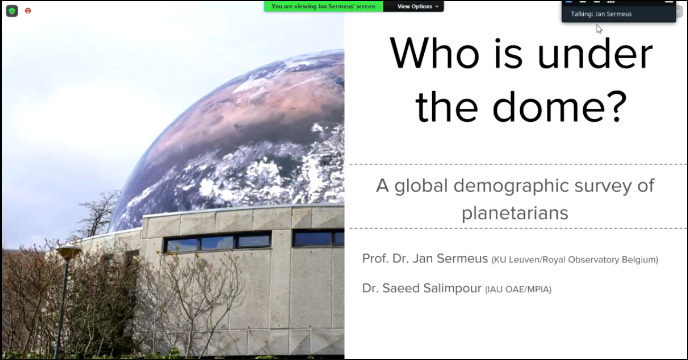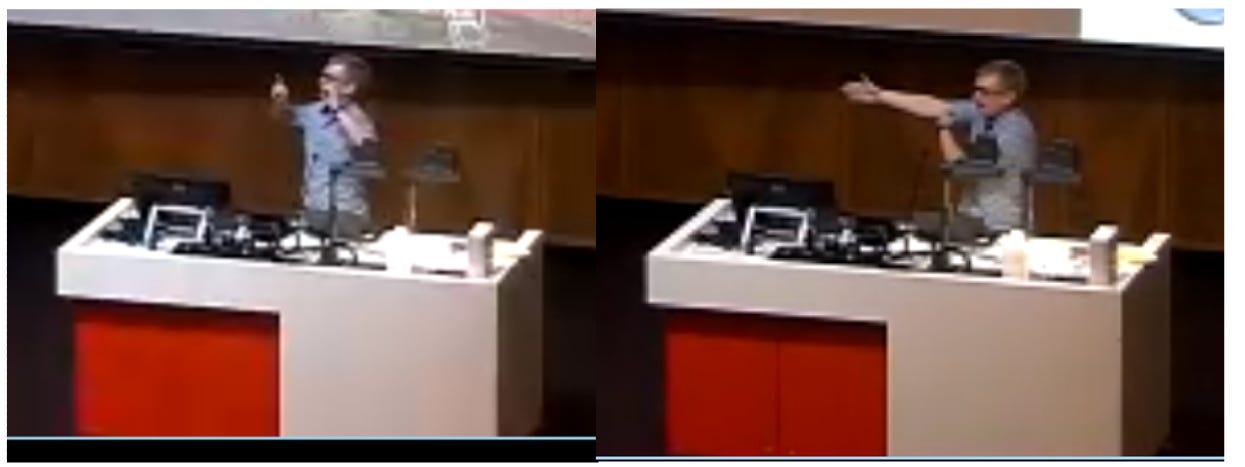TCA #35 - Who is Under the Dome? Planetarium News from Sydney; + 4 more [Sept. 21, 2022, Paid Post]
A Planetarium Issue, from the CAP meeting in Sydney: IPS Meeting Info; One Sky Project; Interactivity Tips; Demographics of Who is Under the Dome?; Taking a Planetarium Virtual
Cover Photo - Planetarium News from Sydney
In This Issue:
Cover Photo - Who is Under the Dome? Planetarium News from Sydney
Welcome to Issue 35!
Astronomical Teachniques
- Online Interactivity
- Taking a Planetarium VirtualConnections to the Sky
- Next IPS Meeting
- One Sky ProjectThe RAP Sheet -
- Who Is Under the Dome? (Cover Story)The Galactic Times #31 Highlights
Welcome to The Classroom Astronomer Newsletter-Inbox Magazine #35 !
A month off just doesn’t prepare you for a week of virtual jet lag. When it is Monday morning in Sydney, it is actually Sunday dinner-time in Alabama. A week of chronological flip-flopping makes for daily horological hangovers!
Still, here is the first of a few issues of Communication Astronomy to the Public (CAP) stories, and this one is ALL planetariums. The next one(s) will be on more general astronomy education. I intend to get the next such issue out before September ends.
- - - -
Key websites: Homepage for The Classroom Astronomer, with its index to all Inbox Magazine issues’ contents, by celestial object, educational subject area, grade level or venue, and with complete Tables of Contents:
https://www.classroomastronomer.com . Not a Full Paid Subscriber? Become one by putting your email in the box below (and then you’ll have access to the Archive of all past issues!).
The ultimate home of our Universe — Hermograph Press — has its homepage at: www.hermograph.com and its Store, for educational materials and books, is at: www.hermograph.com/store .
Thanks for subscribing!
Publisher -- Dr. Larry Krumenaker
Astronomical Teachniques
Online Interactivity
Spending a lot of time teaching on Zoom lately? A little tired of talking head syndrome? Douglas Bair of Museums Victoria, Australia, knows exactly how you feel. And he’d like to interact with you on that.
Interactivity online in the 2D laptop or iPad screen seems like an oxymoron but Bair made it seem natural, with examples and humor. And a lot of it worked for in-person as well.
He began his talk at CAP by having everybody stand if they had to do an online talk. After a few more questions, as some began to sit down in response, his questioning ended with “sit if you tuned out or had to cook dinner,” which begat gales of laughter, as one person remained standing.
More seriously, he asked ‘Why have interactivity in an online talk?’ First, it increases engagement. Interactivity makes the program all about the audience, focuses the talk about themselves, and how your topic relates to them. They want to know “What do I get to do?” Second, it better passes along content knowledge. Last, it creates an affective experience.
He offers three ways to get interactivity into your online programs. Primary among them are platform tools, especially in Zoom. Chat, polls, Q & A. Another, perhaps better, mode is guided activities. He demonstrated one by creating an Earth-Moon model using just a pair of fingers making a circle on one hand, a finger tip on another, and spreading them fully to set the distance between them to scale the Earth-Moon system, while having the whole (online) audience taking part as this happens. A later use of this same model was demonstrating how far other things are in space—that the Hubble scope is at the fingers of the outstretched arm, the ISS at the wrist, and Blue Origin flights only at the biceps.






